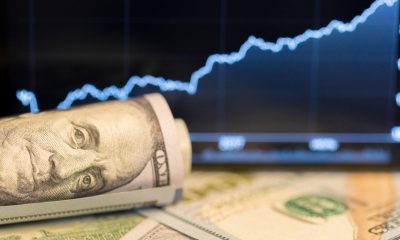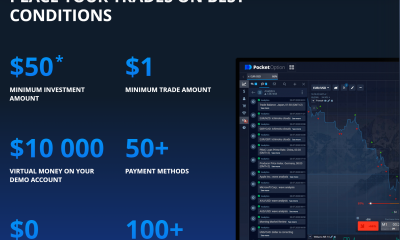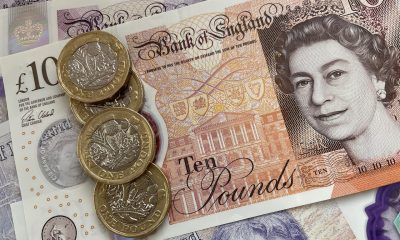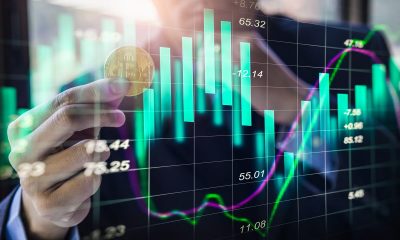Forex
Forex trading during recession: U.S. GDP undermined investor confidence and scared away buyers of risky assets
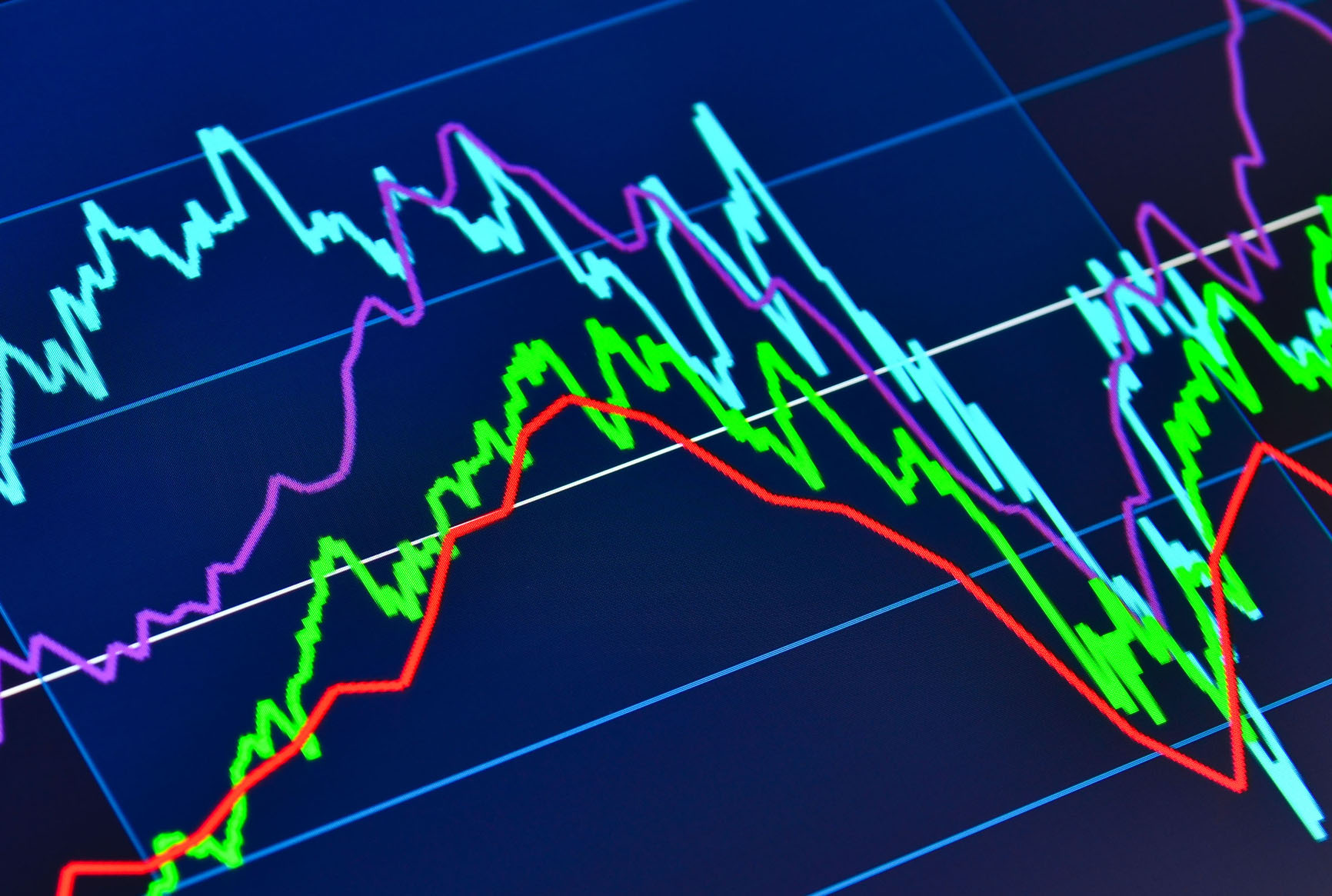
Important news for capital forex trading. The euro and the pound rose, while the dollar lost all its ground after the recessionary drumbeat of the US economy got louder. The other day a report came out showing that the US economy contracted for the second quarter in a row amid a sharp drop in consumer spending and interest rate hikes by the Federal Reserve. However, do not rush to buy Euros and British Pounds, as nothing good is about to happen anytime soon for you to really talk about a rise in market sentiment.
Forex trading during recession
According to data from the Commerce Department, gross domestic product fell 0.9% year-on-year after a 1.6% decline in Q1. Personal consumption, the biggest part of the economy, rose only 1%, less than in the previous period.
This data added headaches not only for the Federal Reserve but also for President Joe Biden, whose political career is now in jeopardy. In addition to the slowdown in household spending, the report also showed a decline in business investment, a drop in government spending and a drop in home prices. Inventories also had an impact on GDP, and only the narrowing trade deficit had a positive effect on the indicator.
The key core demand indicator, which excludes trade and inventory components, fell 0.3% in the second quarter, compared with an increase of 2%.
Quite expectedly, high inflation undermined Americans’ purchasing power, and the Fed’s tighter monetary policy weakened an interest-rate-sensitive sector such as housing. The contraction of the economy for the second quarter in a row clearly indicates that the U.S. has already entered a recession, and the question now is not when, but how long it will be observed.
Economists had expected GDP growth of 0.4% and an increase in consumer spending of 1.2%. The data also showed that spending on services accelerated to an annualized rate of 4.1%, while spending on goods declined 4.4%. Housing investment fell 14% year-over-year.
The situation on the currency market: the disadvantages of forex trading
This is definitely putting pressure on the US dollar, but it is hard to say how much longer we will see the euro and the British pound rising vigorously. The euro zone economy is one step away from recession, as is the UK economy, where the ongoing struggle with the cost of living crisis on the back of high inflation continues. Eurozone consumers have yet to face the sharp rise in interest rates that the European Central Bank began this month. The difference between forex trading and stock trading can be clearly seen in what is happening. It is much harder to make predictions here.
What will happen to forex trading during a recession? The fixing of the Euro at 1.0170, gives buyers of risky assets an excellent chance. Now, the whole focus has shifted to the nearest resistance, 1.0220. The break-up of this range will give confidence to the buyers of risky assets, which will open a direct way to the high at 1.0273, which defines the further uptrend of July 14.
Breakdown of 1.0273 will open the possibility of updating to 1.0320 and 1.0370. In case the Euro declines, it is very important for buyers to show something around 1.0170; otherwise the pressure on the trading instrument will only increase. If you miss 1.0170, you can say goodbye to hopes of recovery, which will open a direct way to 1.0130 and 1.0090. Break-through of this support level, probably, will increase the pressure on the trading instrument, opening the possibility of a return to 1.0040.
The pound is at the new local highs and the most important thing is to hold the support at 1.2200 today. If it succeeds, we can expect a larger movement of the pound upwards and speak about updating from 1.2250, with further exit at 1.2285 and return to 1.2330. A break through this range will easily take the pound back to 1.2400. If 1.2200 is empty, we are likely to correct heavily to 1.2160, with the prospect of a test of the larger 1.2110, where the bottom of the current rising channel passes.
Forex trading disclaimer: Remember that when you make decisions in the currency market, you must make your own decisions and not listen to others’ calls to action.

 Forex3 years ago
Forex3 years agoForex Today: the dollar is gaining strength amid gloomy sentiment at the start of the Fed’s week

 Forex3 years ago
Forex3 years agoUnbiased review of Pocket Option broker

 Forex3 years ago
Forex3 years agoDollar to pound sterling exchange rate today: Pound plummeted to its lowest since 1985

 Forex3 years ago
Forex3 years agoHow is the Australian dollar doing today?

 Cryptocurrency3 years ago
Cryptocurrency3 years agoWhat happened in the crypto market – current events today

 World3 years ago
World3 years agoWhy are modern video games an art form?

 Commodities3 years ago
Commodities3 years agoCopper continues to fall in price on expectations of lower demand in China

 Economy3 years ago
Economy3 years agoCrude oil tankers double in price due to EU anti-Russian sanctions

